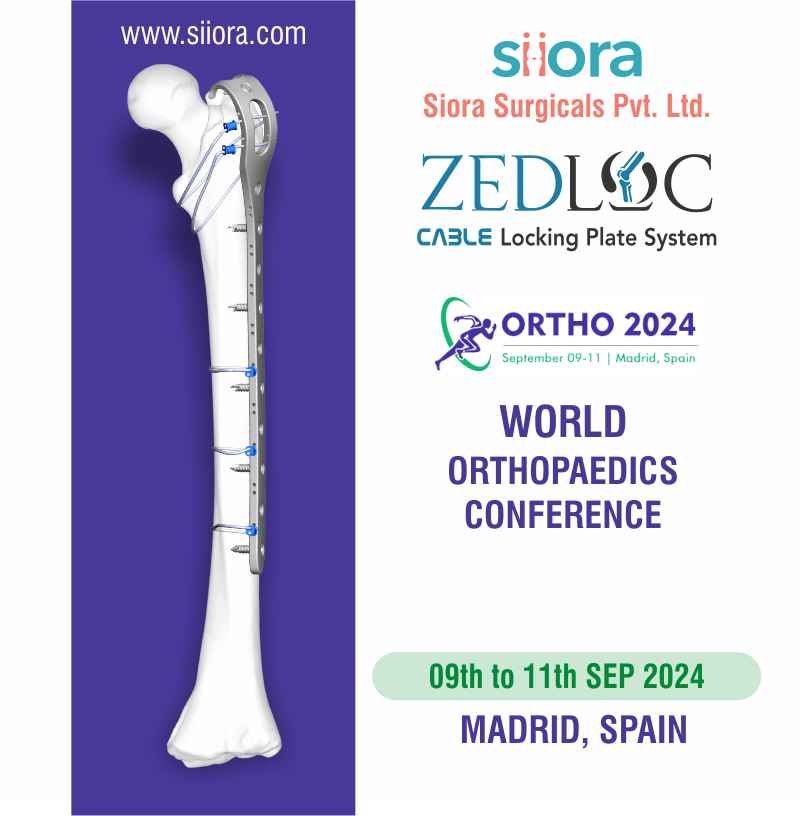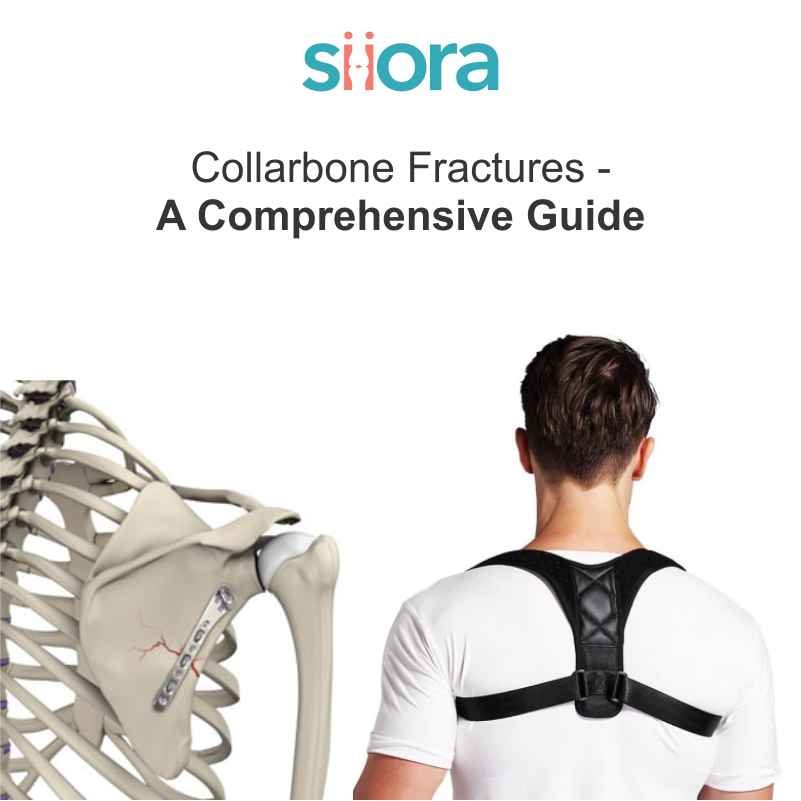A scaphoid fracture is a type of broken wrist in which one of the carpals named scaphoid breaks. This is the carpal in our wrists which breaks commonly. However, scaphoid fractures are rare in young children and the elderly. In this blog, our focus will be on discussing fractures in the scaphoid bone along with their diagnosis and treatment.
What Are Scaphoid Fractures?
Our wrist has 8 carpal bones and one of them is a scaphoid. It is present on the side where our thumb is. The Scaphoid is present just below the radius and is involved in the stabilization and movement of the wrist. A scaphoid fracture is when this bone breaks. The scaphoid has three parts:
Proximal pole – This is a part of the scaphoid which is close to your thumb
Waist – The curved part of the scaphoid is its waist
Distal pole – The end of the scaphoid which is near the forearm and farthest to the thumb is its distal pole
Most scaphoid fractures occur in the waist region of the bone, whereas, distal pole fractures are uncommon.
Scaphoid fractures need to be diagnosed timely as if delayed, adverse complications may occur. Timely diagnosis is necessary to prevent any severe complications and ensure proper healing.
The healing of the fracture depends on the affected region of the scaphoid. Here, breaks in the distal pole and waist region of the scaphoid heal quicker than the proximal pole. The reason behind this is the good blood supply in that area.
If we talk about the proximal pole fractures in the scaphoid, then either they don’t heal or if they do, the healing is slow and improper. This is because the blood supply there is poor and it easily cuts off during a fracture. Avascular necrosis may also occur if the proximal pole of the scaphoid breaks.
What Are the Causes of Scaphoid Fractures?
The commonest cause of fractures in the scaphoid bone is falling onto an outstretched hand (FOOSH). It is a human tendency or we can say a natural instinct to bring the hand forward when we fall. This protects our face, head, and back. However, in such a case, the entire force and weight of the body are on the hand preventing the fall. As a result, fractures in the wrist are likely. The severity of the fracture depends on the cause and the intensity at which the person falls.
Sometimes, automobile accidents and contact sports injuries may also result in a scaphoid fracture. However, FOOSH is the prime cause there as well because of the stress that the bone experiences when it forcefully hits the ground, or an object hits it with a force.
Now, another point to be noticed here is that the scaphoid fracture depends on the angle of your wrist when it hits the ground. This means the chances of a break in the scaphoid are high if the extension of the wrist is high. If the wrist is less extended at the time of hitting the ground, the chances of a break in the radius become high as in such cases, the radius takes all the force and impact.
What Are the Symptoms of Scaphoid Fractures?
A fracture is always a painful condition and hence, the person may experience intense pain at the time of the break. Here, pain also accompanies swelling and bruising. In some cases, discoloration around the thumb may also be there.
Above all, tenderness to touch is also a common sign of a fracture in the scaphoid bone. If the force at which the bone breaks is high, the orthopedic specialist may also notice deformation or a bump. In severe cases, the person finds it difficult or painful to move the wrist.

What is the Diagnosis for Scaphoid Fractures?
A timely and correct diagnosis of a scaphoid fracture is a must for better treatment & healing of the condition. Physical examination and imaging tests both are important for the diagnosis of these fractures.
During the physical examination, the healthcare service provider will look for swelling, tenderness, and bruising around the thumb side of the wrist. If the fracture is severe, the orthopedic specialist will see a deformity or a bump. After this, the orthopedic specialist will order an imaging test, which will include:
X-ray
An x-ray examination is a must to identify a break in the scaphoid or any other bone around the wrist. X-ray reports will also help confirm how severe the fracture is. Sometimes, fractures in the scaphoid do not show up in the x-ray. In such cases, the orthopedic specialist order other imaging tests. Such fractures are occult scaphoid fractures.
Magnetic Resonance Imaging (MRI)
MRI examination is important to point out any damage to the connective tissues in the wrist. It provides a complete picture of the bones in the wrist including the scaphoid along with the area surrounding them.
Computed Tomography (CT scan)
A CT scan is ordered when you need surgery. This is because a CT scan shows how damaged the bones are in detail. Besides this, it also shows a clear picture of surrounding tissues.
What is the Treatment for Scaphoid Fractures?
The treatment you need when your scaphoid breaks depend on the severity and the location of the break. Here are some of the treatments that the orthopedic specialist might try in the case of a scaphoid fracture:
Immobilization
Immobilization with a splint or a cast is of importance when the fracture is mild and the scaphoid has not moved much after breaking. This may be required for up to 8 weeks and the orthopedic specialist will check the healing progress with follow-up x-rays.
To manage pain and inflammation, the orthopedic specialist will prescribe pain medication and non-steroidal anti-inflammatory drugs (NSAIDs).
Closed Reduction
Closed reduction is when the scaphoid has moved a little bit after breaking. During this non-surgical technique, the orthopedic specialist will forcefully bring the bone into place after giving local anesthesia. In some cases, the doctor may give general anesthesia and put you to sleep.
Immobilization will also be necessary after closed reduction i.e., application of a splint or a cast.
Internal Fixation
The commonest surgery that a fracture in the scaphoid bone may require is open reduction and internal fixation (ORIF). Most severe fractures in the scaphoid bone require internal fixation. Here, the orthopedic surgeon will cut open the fracture site and realign the fracture to allow it to heal properly. Here, orthopedic implants like orthopedic plates, bone screws, pins, and wires will keep the broken bone fragments in place.
Bone Grafting
Bone grafting is the option when the fracture is severely displaced. Besides this, a bone graft may also be required when healing does not take place after reduction as it should. During grafting, the orthopedic surgeon will put a small piece of bone taken from the patient or a donor in between the fracture and join it. This is done by internal fixation using orthopedic implants.
Immobilization is also important after ORIF and bone grafting.
Scaphoid fracture surgery is an outpatient procedure. This means the patient can go home on the same day of the surgery.
Siora Surgicals Pvt. Ltd. is a leading orthopedic implant manufacturer in India with a strong global presence. The company has served clients in over 40 countries. Siora owns an advanced production facility in the RAI District, Sonepat, Haryana. The manufacturing unit is managed by skilled and experienced engineers and QA experts. Siora is also an experienced OEM/contract manufacturing service provider across the globe.








